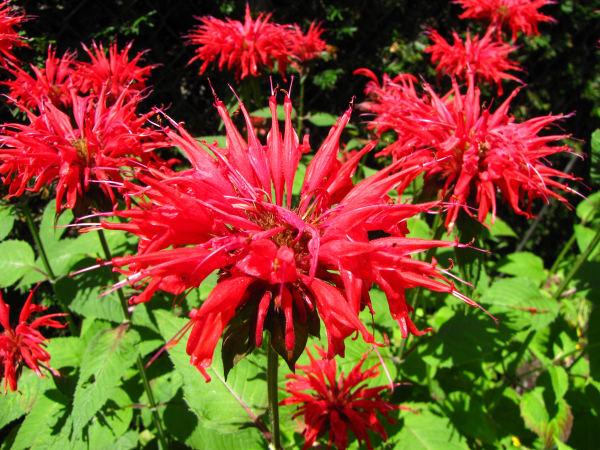How to Plant A Native Wildflower Garden
 Photo of a monarda flower, also known as bee balm
Photo of a monarda flower, also known as bee balm
On the ground level, native wildflower gardens are beautiful, low maintenance and inexpensive. When you dig deeper, you’ll unearth an important finding: they provide essential habitat for local insects and animals— habitat that is becoming scarce in some areas.
If you’d like to get started on tending your own native garden and supporting the local ecosystem, follow these tips from our resident natural resource expert, Jim Drennan.
- Start by selecting which native plants you’d like to see in your garden, and then purchase seeds for them. Milkweed attracts monarch butterflies; the vibrant colors of monarda flowers attract hummingbirds; 14 different species rely on asters for food, including the pearl crescent butterfly.
- Probably the most important aspect of getting a successful wildflower garden growing is preparing the bed properly. If you are converting turf to garden, you’ll want to dig out any of the grass so you’ll be starting with bare soil. This will make for less competition with grass and weed seeds.
- Once the soil is prepared, select native seed from a good source, and sprinkle over the soil. After it is uniformly distributed, very lightly rake it so the seeds are covered by about 1/4″ of soil. Then roll the soil to generate a good soil-to-seed contact. If you don’t have a roller (who does?) walk all over it until everything is firmly settled.
- Water regularly until the plants germinate and grow, then you can scale back your watering a bit. If you continue to water too much, the roots won’t grow deep; lessen the amount and let them extend their roots to find water deeper in the soil. Native plants are adapted to our climate so they’ll do really well with our fickle weather.
- Sit back and enjoy the beauty of your new garden and the wildlife it attracts!